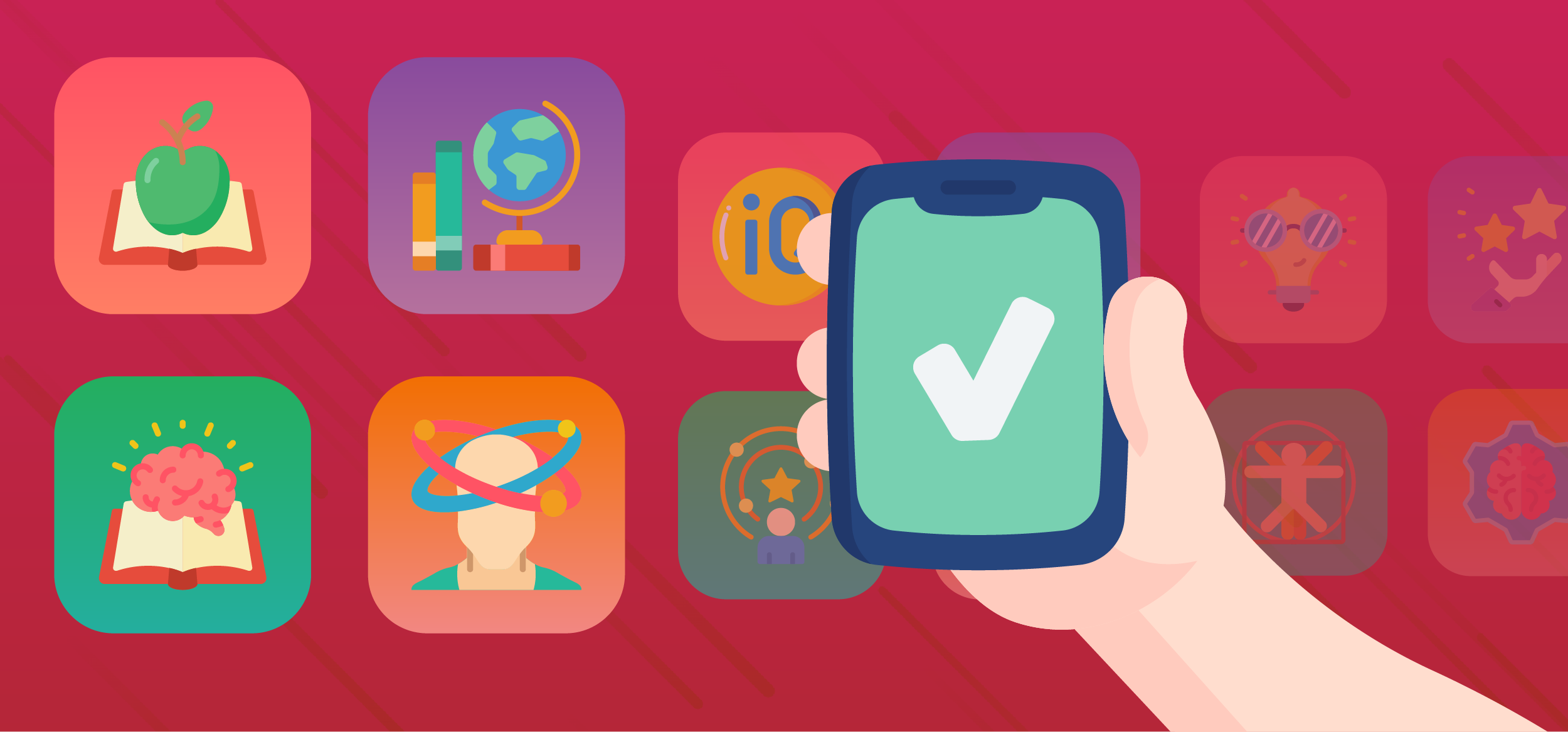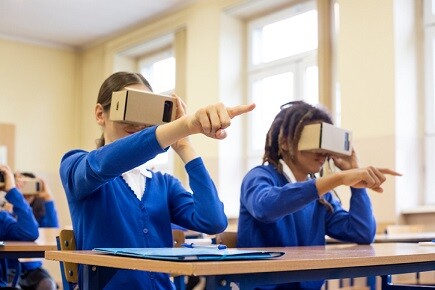Top EdTech Tools Teachers Should Be Using in 2025
The article discusses the transformative impact of educational technology in classrooms by 2025, highlighting tools like AI-powered tutors and...
You must be logged in to the LATechNet portal to view additional resources.

In recent years, educational technology, or EdTech, has dramatically transformed the landscape of teaching and learning. Remember when classrooms relied solely on chalkboards and textbooks? Those days are quickly fading into memory. Now, digital tools, online platforms, and interactive software are reshaping how we connect with our students and share knowledge, making lessons more engaging and accessible than ever before.
For educators and institutions, staying informed about emerging trends isn't just helpful, it's essential. With technology evolving at lightning speed, spotting and adopting new trends early can help schools stay relevant, competitive, and effective. Whether it's personalized learning apps, virtual reality field trips, or powerful data analytics, understanding what's next in EdTech empowers educators to better support and inspire their students in this rapidly changing environment.
Artificial Intelligence (AI) and machine learning are rapidly changing the educational landscape. In fact, the global AI in education market is seeing explosive growth, projected to jump from around $1 billion in 2020 to an impressive $3.68 billion by 2023 (gitnux.org). One major reason for this surge is the power of AI to create personalized learning experiences. Imagine a classroom where adaptive learning platforms tailor lessons uniquely to each student's strengths, weaknesses, and learning pace. AI-driven assessment tools even provide instant, detailed feedback, guiding students toward improvement in real-time. But it's not all smooth sailing—educators must carefully consider ethical questions and data privacy concerns. Protecting students' personal information and ensuring fairness in AI-driven decisions has become a crucial conversation as schools continue adopting these innovative technologies.
Immersive technologies like augmented reality (AR) and virtual reality (VR) are quickly becoming a powerful force in educational settings. In fact, the market for these exciting tools is growing rapidly and is estimated to reach an impressive $14.2 billion by 2028 (hurix.com). Teachers are finding that students become more engaged, interested, and are better able to remember lessons when they experience them through AR and VR. Imagine students stepping into ancient civilizations or exploring the depths of oceans right from their classrooms! These technologies also allow learners to practice real-world scenarios safely and build essential skills through simulation. However, schools still face hurdles, such as the high costs of equipment, technical challenges, and the need for teacher training, before AR and VR can become common in every classroom.
Imagine students eagerly awaiting their next assignment rather than dreading it—that's the magic of gamification! By integrating game-based elements like points, badges, and leaderboards into education, teachers are finding creative ways to boost student motivation and participation. And guess what? It's working wonderfully! In fact, the global gamification market is booming, with a projected growth rate of 25.85%, reaching an impressive $48.72 billion by 2029 (hurix.com).
Take, for example, platforms like Kahoot! and Duolingo—these apps cleverly use gamification to turn learning into an engaging adventure. Students enjoy friendly competition, immediate feedback, and tangible rewards, all of which help foster meaningful learning experiences. Teachers can also clearly track progress and assess learning outcomes more effectively, demonstrating that gamification isn't just fun—it's impactful, too!
Did you know that about 94% of Generation Z students regularly use their phones for educational purposes? (hurix.com) It's clear that mobile learning has rapidly become vital in modern education. Because students today are practically glued to their smartphones, educators are discovering creative ways to deliver lessons directly into their hands. But just having content available isn't enough; it needs to be responsive and accessible so every student can benefit equally.
To achieve this, educators and developers focus on designing easy-to-navigate mobile interfaces and bite-sized content that fits smaller screens comfortably. They also prioritize accessibility features, such as adjustable text sizes, clear color contrasts, and audio descriptions, ensuring that students with disabilities can learn alongside their peers. By thoughtfully crafting mobile experiences, educators are actively working towards creating more equitable learning environments for everyone.
There's no doubt EdTech is booming, with the global market on track to hit an impressive $404 billion by 2025. That's a big leap, driven largely by innovative digital tools and changing educational needs worldwide (forbes.com). Yet, even as the market grows, investment trends are shifting. For instance, traditional online education platforms have recently seen declining investor interest as attention shifts toward cutting-edge AI-driven solutions (ft.com). Still, major funding rounds continue to make headlines—like India's Eruditus recently raising a remarkable $150 million, showcasing investors' continued confidence in innovative educational models (reuters.com). Looking forward, we can expect investors to focus more on personalized learning platforms, AI-backed solutions, and emerging markets with untapped potential, promising exciting opportunities for educators and learners alike.
LATechNet offers specialized IT services designed specifically for educational institutions, making the journey into new EdTech trends smooth and stress-free. Imagine integrating exciting, AI-driven platforms that adapt lessons to each student's pace and style—LATechNet helps schools implement these solutions seamlessly. They're also experts at introducing immersive technologies like Augmented Reality (AR) and Virtual Reality (VR), turning classrooms into interactive worlds where students actively participate and explore.
Additionally, LATechNet ensures educational content is mobile-friendly, helping schools easily reach students wherever they are. Compliance, security, and data privacy are always prioritized, giving educators peace of mind while using these innovative technologies. And perhaps most importantly, LATechNet actively supports and trains teachers and administrators, empowering them to confidently use and manage these tools, enriching their teaching and positively impacting students' learning experiences.

The article discusses the transformative impact of educational technology in classrooms by 2025, highlighting tools like AI-powered tutors and...

Introduction Remember when classroom technology meant overhead projectors and bulky desktop computers? We've come a long way since then! Educational...

The integration of AI in education is transforming how teaching and learning occur, offering tools like personalized tutoring and automated grading...